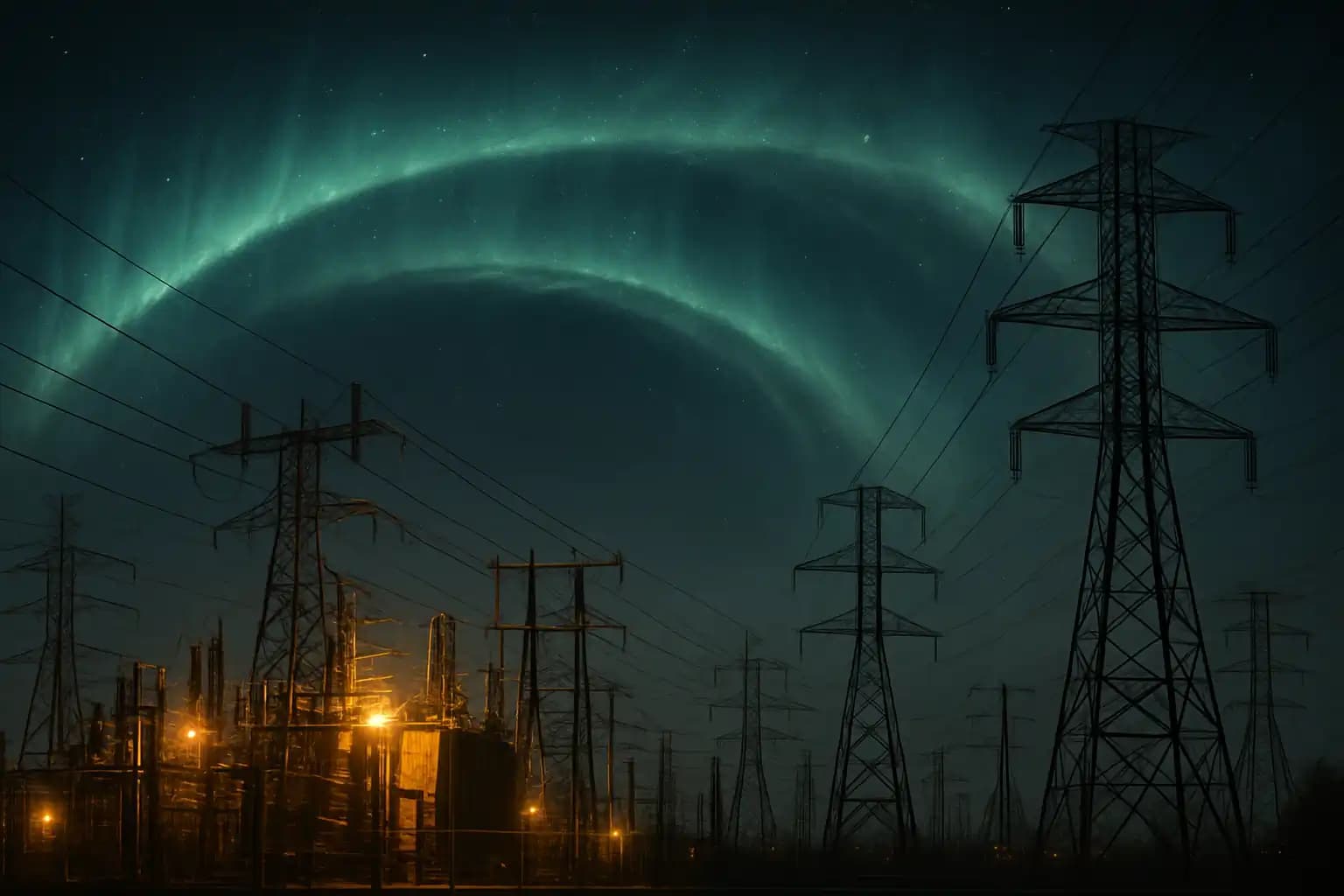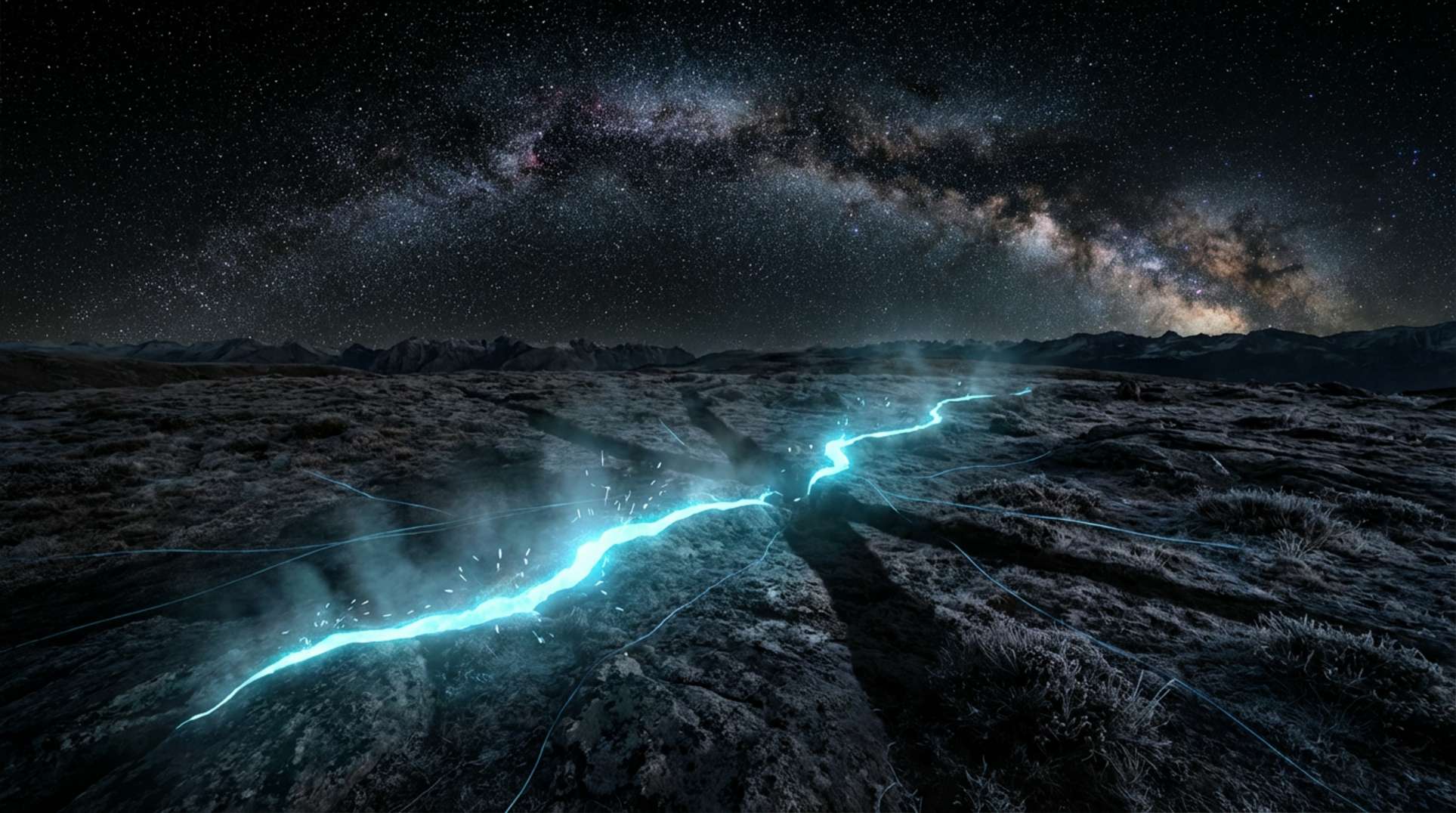Solar storms and magnetic pole shifts have sparked anxiety in headlines and minds alike. Recently, Ben Davidson, founder of Space Weather News, argues that Earth’s disaster cycle looms closer than many think. He paints a picture of the Earth’s weakening magnetic field and shifting poles as signs of potential civilization-threatening storms, blending historical insight with contemporary fears. But what does current science reveal, and how does mainstream thought diverge from doomsday forecasts?
Earth’s Magnetic Field: Real Weakening, Real Consequences
Various evidence confirms that Earth’s magnetic field is indeed weakening. A 2025 Daily Mail report notes that our magnetic shield has weakened by up to 15% since the 19th century, making Earth more vulnerable to solar and cosmic radiation. Paleomagnetic data indicates the field dropped to 5–10% of its strength during events like the Laschamp excursion 41,000 years ago, a shift tied to climate disruptions and mass extinctions seen in volcanic ash and fossil layers. Davidson finds this situation alarming, yet context is essential: reversals and excursions are natural events throughout Earth’s history, as extensive paleomagnetic evidence shows.
Furthermore, the magnetic poles are shifting rapidly. The North Pole moves toward Siberia at speeds of up to 40 km per year. Scientists stress that full pole reversals take thousands of years and are not on the immediate horizon, per mainstream studies cited by NASA.
Solar Storms, Grid Vulnerability, and the Limits of Recent Threats
Solar activity is increasing. In May 2024, the strongest solar storm in over two decades occurred, creating stunning auroras and raising concerns about the modern grid’s vulnerability. Scientific American reports that a storm like the 1859 Carrington Event could disrupt satellites, disable international Internet cables, and cause widespread power outages. Utilities in New Zealand, Minnesota, and other areas took precautionary measures to prevent outages during the May storm. Despite precautions, the storm resulted in only minor problems, as global networks successfully weathered the impact due to enhanced safeguards and readiness.
Modern risk models, as highlighted in archival coverage, emphasize that ‘black swan’ grid failures occur only when powerful storms coincide with grid vulnerabilities—this overlap is rare but possible.
The 6,000- and 12,000-Year Cycle Debate: Fact-Check and Evidence
Davidson’s assertion of a 6,000- or 12,000-year “disaster cycle,” attributed to cosmic forces or micronovas, is widely contested. AAP FactCheck finds that geologists and paleoclimatologists lack solid geological evidence for a 12,000-year cataclysmic rhythm. While orbital and internal cycles exist, their timescales span millions, not thousands, of years. Major climate events, such as the Younger Dryas (about 12,800 years ago), are well-documented and often linked to impacts or volcanic activity, but they lack predictability as planetary cycles. The scientific consensus states that while disasters can occur, the notion of a strict 6,000/12,000-year catastrophe has no empirical foundation.
This examination resonates with broader debunking efforts regarding disaster cycles and cosmic risk, mirroring skepticism related to simulation theory and critical assessments of AI sentience.
Adaptation, Survivalist Thinking, and Why This Matters
While precise timelines for disaster remain speculative, preparedness for grid failure, climate events, and cosmic disturbances is sensible public policy. The rise of bunker culture and resilience strategies discussed in this investigation indicates that concerns about systemic shocks have entered mainstream discourse. Disaster resilience necessitates hard evidence, technological advancements, and a careful understanding of uncertainty. This topic intertwines deeply with political and social issues surrounding information control and resource security—explored in this feature and current field reports from international crisis briefings.
Why is this significant? Earth’s history features numerous upheavals—though not on a predictable schedule. Public comprehension of actual science versus speculative doom is crucial for informed adaptation and policy formulation. For ongoing insights into evidence, myth, and preparedness, see reports at Unexplained.co.




